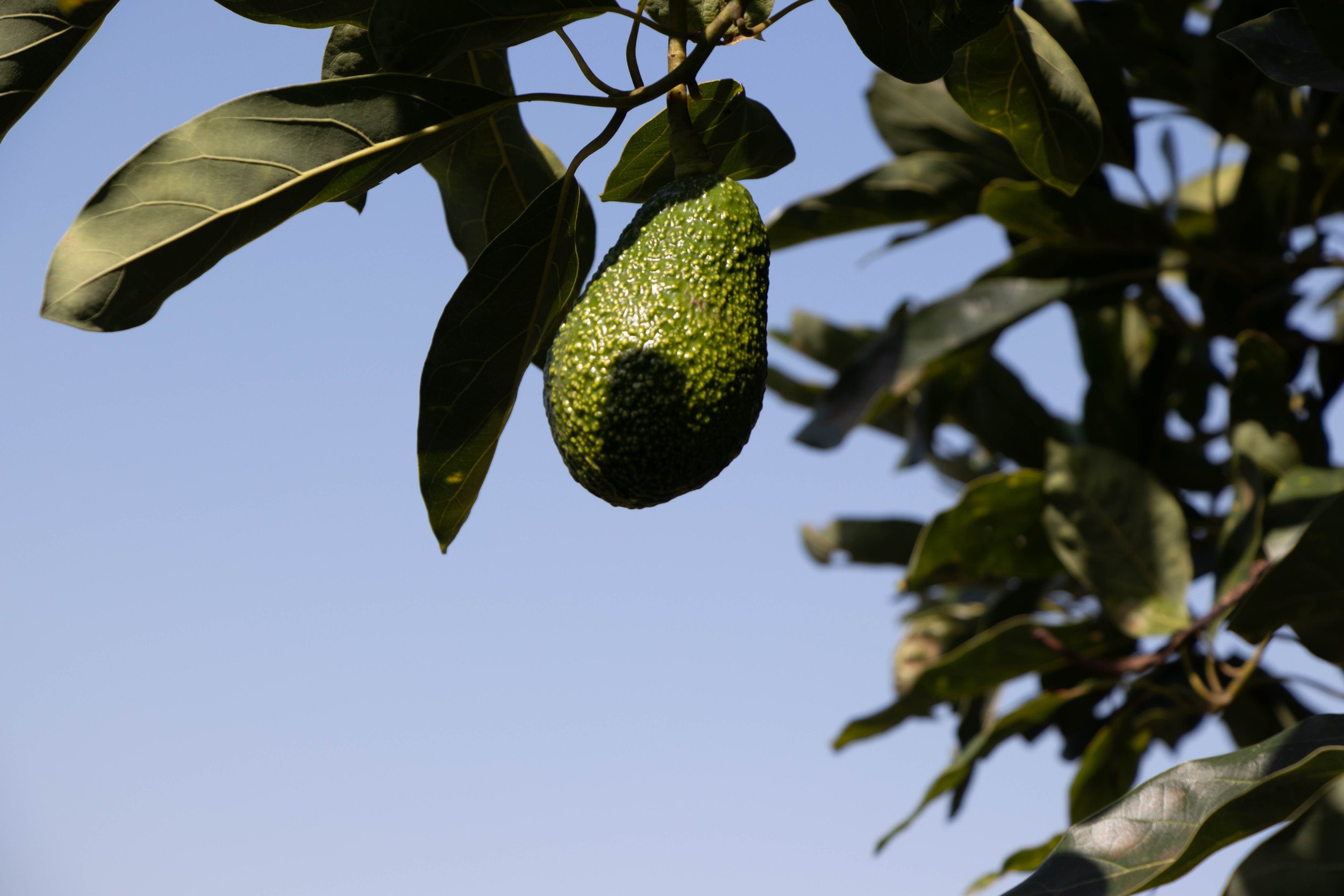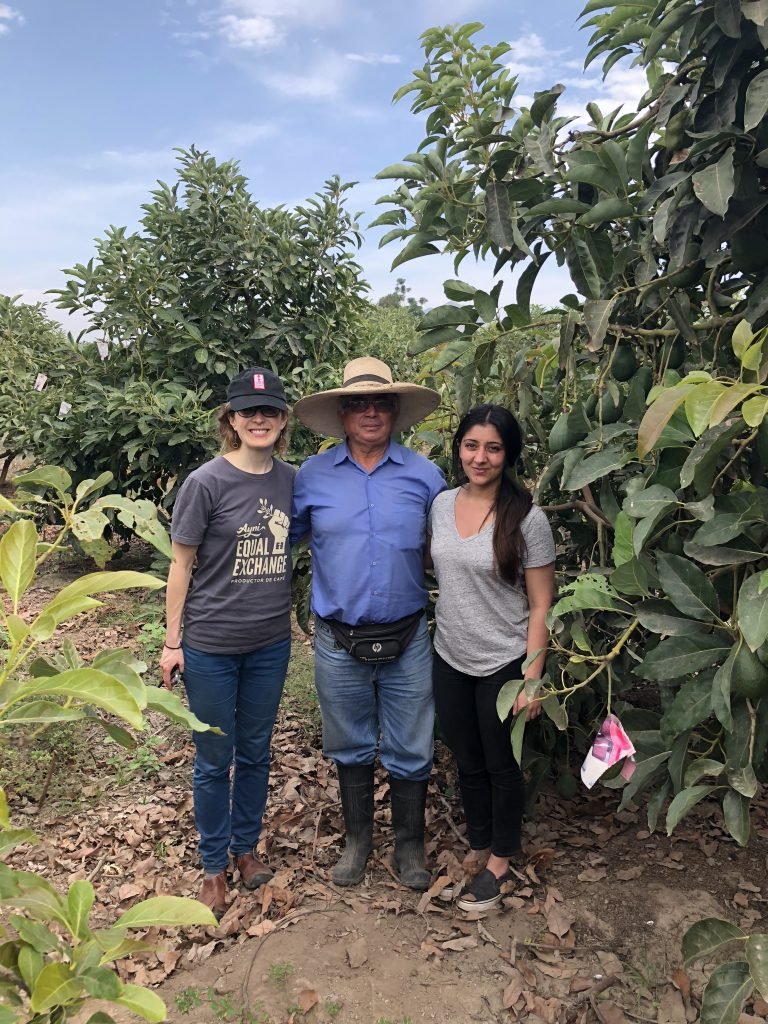Why Peruvian Avocados Matter
If you’re a U.S. consumer, 8 out of 10 times your avocado will come from Michoacán, Mexico. There are various reasons for this Mexican dominance of the U.S. avocado market: geographic proximity, ease of trade restrictions due to NAFTA, and a fairly long growing season that extends from August to May. However, as consumer demand has continued to boom, Mexico has struggled to keep pace with the burgeoning demand.
In order to diminish the gap between supply and demand, U.S. Department of Agriculture (USDA) cleared Peru for export in 2009, cleared Colombia for export in 2015, and has been pushing to open the Mexican state of Jalisco. While Mexico may still continue to be the biggest player in the U.S. market, it has become clear that other origins are needed to provide a stable and reliable year-round supply for consumers.
Peru emerges as an avocado player
Peru has emerged as a prominent player in more recent years. It is important to mention that Peru has a thriving agricultural economy. Peruvian coffee and cacao are well known in specialty markets. More recently, the coastal region of Peru has emerged as major hotspot for produce production. Peru has become a produce powerhouse, accounting for a large percentage of asparagus, grapes, and mangoes imported into the U.S. For this reason, it comes as no surprise that Peruvian avocados are gaining a bigger share of the U.S. market.
A major advantage for Peruvian avocados lies in their seasonality for exports, which roughly extends from May to August. This serves as a good complement to the Mexican export season, which lasts from August to May. This timeline has provided Peruvian avocados with a tremendous window of opportunity, as Peru has been able to supply avocados when sparse product has been available on the U.S. market.
To shine some numbers onto this growth: In 2010, the USDA reported 300,000 pounds of imports from Peru, while in 2018 Peru imported an impressive 180 million pounds of avocados (USDA ERS). In 2018, Peruvian avocados accounted for 8% of all avocados imported into the U.S. While conventional Peruvian avocados have been a large percentage of that growth, organic and/or Fair Trade Peruvian avocados are a more recent addition to the U.S. market.
An avocado farmer with some of his harvest for the day, against the backdrop of a gorgeous sunset in the Andes mountains.
Equal Exchange enters the Peruvian market
In 2018, Equal Exchange launched its Peruvian avocado program in partnership with LaGrama, a Peruvian company providing essential services to small scale farmers in Peru. Equal Exchange saw the opportunity to bring in a Peruvian program during the summer months, when supply of organic, Fair Trade Mexican avocados is fairly limited. More importantly, Equal Exchange’s mission has always been to create space for small farmers in the global marketplace. This has been true in coffee, tea, cacao, and bananas.
As the Peruvian avocado market expands, we saw the need to give small farmers a share of that growing market. The Peruvian avocado industry is young, dynamic and developing. We have an opportunity here to include small farmers into the mix at the very onset of this emerging industry. After extensive research with industry partners and a sourcing trip to Peru, we were thrilled to find partners like LaGrama that align with our mission and vision for change in the avocado industry. This summer, we are excited to be offering a second season of small farmer grown, Fair Trade, Organic Peruvian avocados.
A LaGrama team member talking to avocado farmers about best practices for avocado production, part of essential technical services provided by LaGrama to avocado farmers.
Lessons learned one year later
Building a successful program takes time and patience. After our first season of Peruvian avocados, we now understand that there are some inherent differences between Mexican and Peruvian avocados and given the Mexican dominance of the U.S. market, retailers and consumers are more familiar with the characteristics of a Mexican avocado. This understanding was part of our learning curve during the first year of the program.
While both the imported Mexican and Peruvian avocados are Hass varieties, there are crucial differences in the climate in which these avocados are grown. Mexican avocados are grown in semi-warm or temperate climates with natural rainfall patterns. In Peru, avocados are grown in an arid climate with the help of intensive irrigation infrastructure. Since avocados are not native to Peru, Peruvian avocados are under constant climatic pressure.
Some of the perceivable differences between the Mexican and Peruvian avocados, such as the texture of the skin and difference in color, are a result of these contrasting climates. Other factors come into play as well. Because of the geographical proximity of Mexico, Mexican avocados can be harvested at a much higher oil content, as dictated by USDA regulations. Peruvian avocados, on the other hand, are harvested at a lower oil content due to the longer transit time. This means Peruvian avocados require more handling as they need more time to ripen.
We now understand that it will take some time for consumers and retailers to familiarize themselves with Peruvian avocados, especially within the organic and Fair Trade market. We strongly believe that with more education and exposure, the U.S. consumer base will become more accustomed to Peruvian avocados. Until then, we will continue to provide the information and tools needed to build a small farmer movement in Peruvian avocados.
Equal Exchange team members, Jessica Jones-Hughes and Ravdeep Jaidka, during a trip to visit LaGrama in March 2018.
Being part of an alternative business means not only responding to demand, but actively creating demand for alternatives that lead to positive change in the food system. Equal Exchange did not get into small farmer, Fair Trade bananas because there was a demand for it. We got into bananas because there was a need for it. We are here to do the same with small farmer grown Peruvian avocados.





